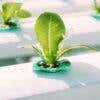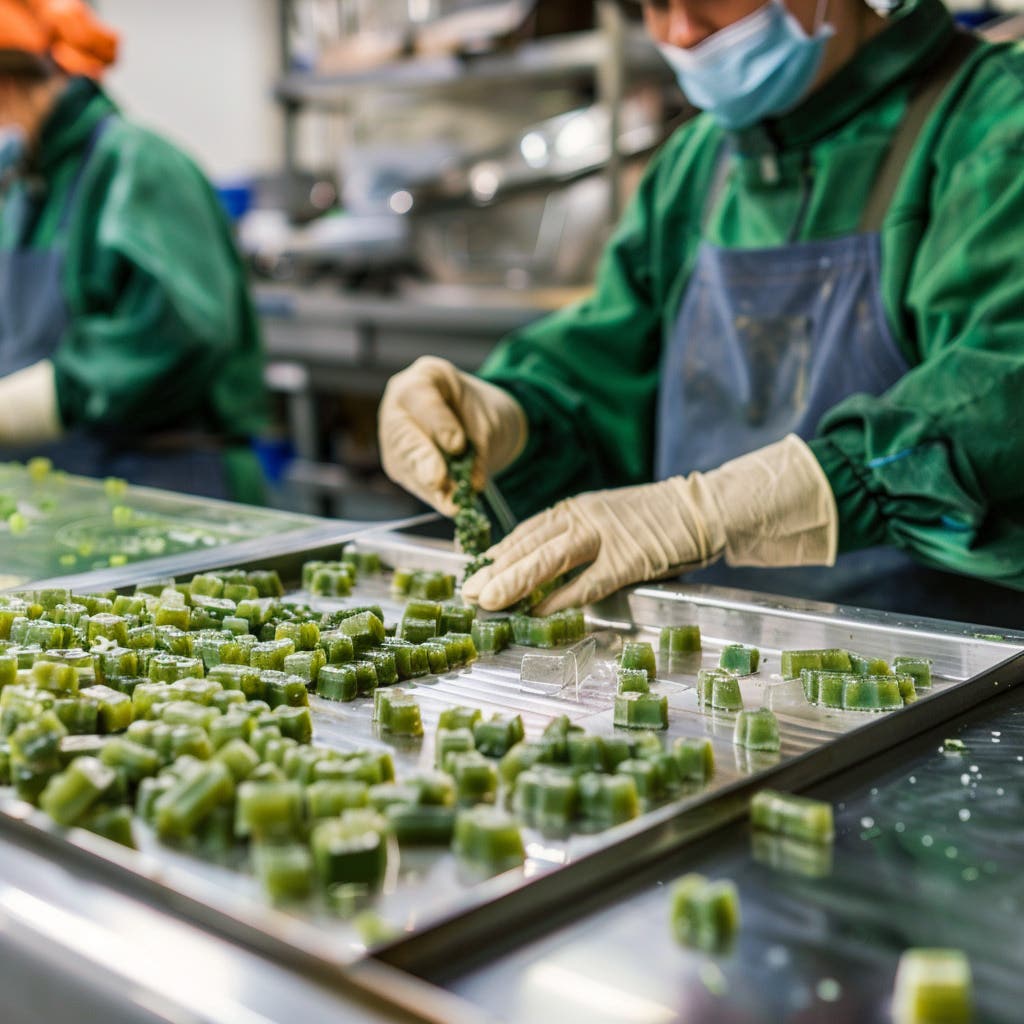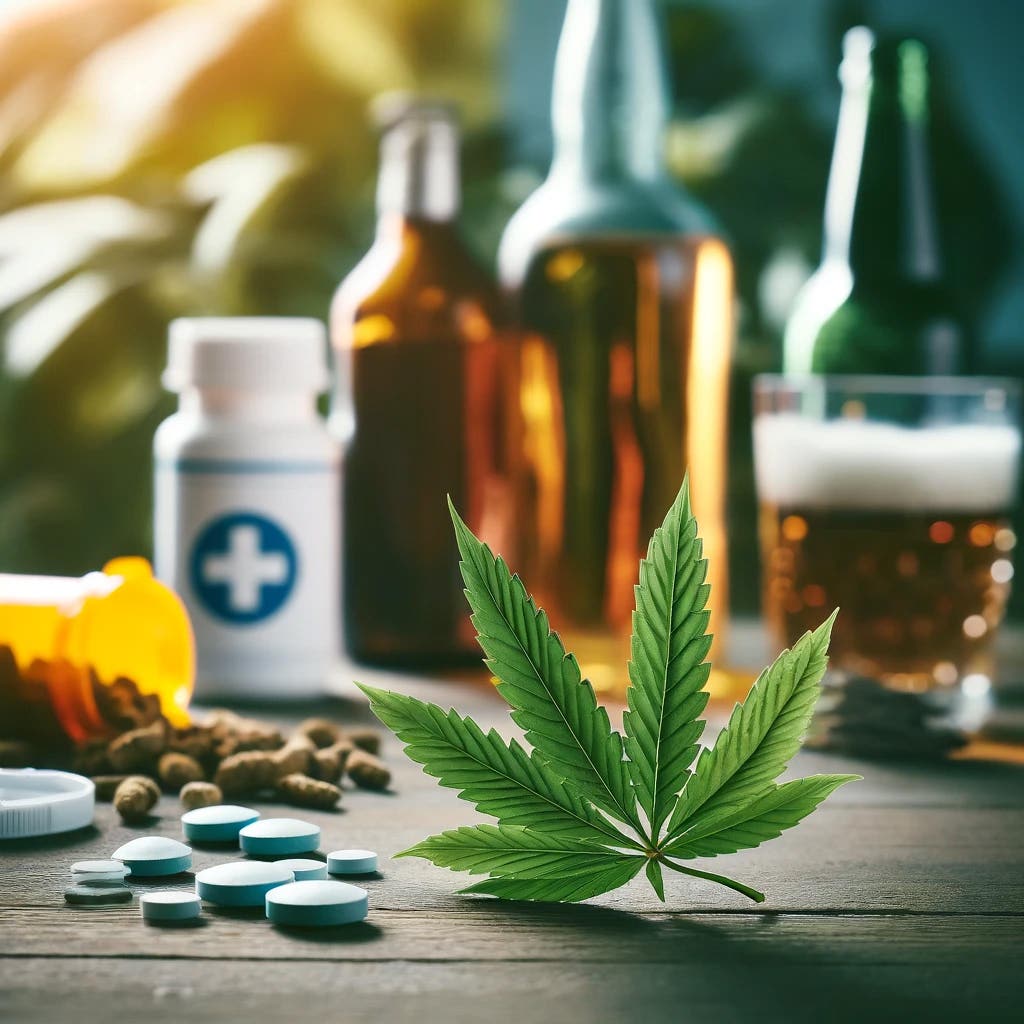Growing your plants at the ideal temperature has long been seen as the key to maximizing yields and prolonging the life of your crops. However, the temperature of the plants themselves, and even the leaf surface temperature, are not the same as the temperature of the room they're in.
Ambient air temperature is important, of course. However, understanding plant care and working with each plant individually is going to be more beneficial than simply assuming it's doing alright.
But what exactly goes into surface temperature and how does it affect the growth and yield of a plant? How would we even go about measuring the temperature of a leaf?
Let's take a deep dive together and find out exactly why the leaf surface of your plants is so important.
Why Leaf Surface Temperature Is Important
In most plants, leaves play an important role in metabolism. Plant metabolism is the combination of physical and chemical events that allow it to thrive. These include photosynthesis, respiration, and the consumption and decay of organic material.
If a plant's leaves are at an ideal temperature, the plant will have a better chance of reaching its full growth potential. There are obviously plenty of other factors that come into play when determining a plant's overall growth.
When temperatures are too low or too high, those metabolic reactions take much longer or don't even happen at all.
Although the ambient temperature of your growing environment will have a role in the temperature of your plant, LST, or lead surface temperature, helps determine the real temperature of the plant. This temperature will inherently differ from the ambient temperature in your growing room.
Temperature and Leaf Size
Leaf temperature also influences leaf expansion, which is important for light intake. Pressure builds up inside the plant as the temperature rises, forcing the cell walls to expand and develop.
However, if the leaf temperature is too high, the plant will use its energy to cool itself by opening its stomata (cell structures in the skin of the leaf). This raises transpiration rates and causes a pressure drop, reducing the amount of expansion.
Roots can build up extra pressure by providing a slightly colder temperature and greater humidity level at night. This drives water into the plant's tissues, causing them to grow and distribute nutrients equally, not just to developing parts.
How to Measure Leaf Temperature
We can use Infrared Thermal Imaging cameras, or FLIR Cameras and meters to calculate the leaf surface. Because surface temperatures can vary across surfaces of each leaf, the most accurate technique to measure LST would be to use a FLIR Thermal Camera.
This means you can view the correct temperature of each individual leaf. Unfortunately, FLIR Thermal cameras are an expensive investment and are normally out of reach for a hobbyist or amateur grower.
Using an infrared thermometer to measure your LST is a cheaper solution, but it will only measure single points. When using an infrared thermometer, it's a good idea to read several points per leaf in order to get a better idea of the overall surface temperature. You should take multiple readings and work out an average for each leaf.
You can often find a cheap infrared thermometer which can be a very handy tool for measuring various temperature points in your surroundings and reservoirs.
What Temperature Should Leaf Surface Be?
Unfortunately, there isn't a "one figure fits all" answer to this because there are so many other factors at play. These factors could be anything from the plant type itself to CO2 concentrations and even strain changes.
If we consider typical CO2 concentrations, the typical leaf temperature range needed for photosynthesis would be between 15°C and 30°C (59°F - 86°F). This range would grow as CO2 levels grew within the environment.
There are, of course, several exceptions. Arctic and alpine plants prefer cooler temperatures, whereas desert plants (and plants that use C4 photosynthesis) prefer warmer temperatures.
Note: we divide Photosynthesis into two chemical reactions: C3 and C4; the variation used by a plant varies based on genetics.
Supplementing CO2 into the environment will boost the optimal photosynthesis temperature. This means the perfect LST for photosynthesis is determined by both ambient and plant factors.
What Affects Leaf Surface Temperature?
A variety of factors influence LST, including:
- Ambient air temperature
- Relative humidity
- Leaf physiology
- Pigmentation
- Genetic/metabolic variations
- Light spectrum
However, air temperature serves as a baseline for leaf temperature. It warms leaves that are cooler than it and cools leaves that are warmer.
Many leaves also cool themselves by evaporating water through their stomata (cell structures in the skin of the leaves). Higher relative humidity will typically increase leaf surface temperature by reducing this evaporative cooling.
The spectrum (colors) of light it receives also affects the leaf's surface temperature. Chlorophyll, the primary motor of photosynthesis, uses light most efficiently in the blue and red spectrums. This isn't to say that green or yellow light can't be used, it just means they're less efficient.
A less efficient spectrum mix will heat the leaf more, while a more efficient mix will heat the leaf less. This is simply because more of the original light is converted to chemical energy rather than just heat.
How Plants Use Heat
Heat enters a plant through one of three methods. These are:
- Conduction
- Convection
- Radiation
Ideally, each of these three methods works together to set up the ideal growing situation, but sometimes one can fall down, and that could set off a chain reaction that no one wants.
Conduction
When heat is transferred by touch, we call it convection. When an object is heated, it radiates heat into the air around it. We see the impact of conduction mainly on the root system in horticulture. This is obviously where the plant is physically touching something, be it soil or water.
This is why root zone heating works so well: the heat energy is absorbed by the water in the soil and dispersed throughout the plant.
Convection
Convective heating occurs when hot air is pushed throughout the space, transferring its heat energy to cooler air and objects. As an example, let's think about a high-pressure sodium lamp with a fan pointed toward it. As the heat in the air moves across the room, it conducts heat from the lamp and generates a convective current (or, more technically, forced heat convection).
The convective heat absorbs the air molecules and then pushes them around via the fan, resulting in a net rise in room temperature, more than the lamp on its own could provide.
Radiation
In most grow room situations, radiation from light sources and reflective surfaces generates most of the heat. Objects or plants constantly release and absorb all of this energy in the room as infrared radiation.
This is especially important when the lights in a grow room are off and the room is warmed by radiating surfaces. Until they lose enough energy to lower the temperature below the setpoint. A good climate control system will need to deliver more heat at this stage to keep the room temperature at an ideal point.
Maintaining the Ideal Leaf Temperature
So, from what we understand based on all the above information, the best way to keep LST at an ideal level is to maintain an ideal ambient temperature. Using an infrared thermometer regularly will help you better understand what air temperature you need, and we recommend keeping concise notes about this.
However, it doesn't end there. Grow room temperature is going to be the biggest factor in determining the temperature of your leaves. The thermometer is simply a tool to help you understand if your careful ministrations are working or not.
Here are some of our tips for keeping your air temperature under control:
- Ensure your HVAC system is correctly sized
- Install horizontal airflow systems
- Use shade curtains in certain months
- Take room measurements and leaf readings
When you put these factors into play, you'll know if you need to elevate the temperature or cool it down. Keep in mind the ideal temperature leaf, considering its natural habitat, and adjust accordingly.
As scientific as this all sounds, it's actually a fairly simple process to work through, and the results could be staggering.
Keep Your Plants Healthy With the Right Tools
Combining knowledge and experience is one thing. Throw in the right tools to that mix and you'll be golden. As will your plants.
Well, ideally a lush green, but you get the point. With the right tools and care, your plants could give you yields you never thought possible, all by paying a bit more attention to surface temperature and what you can do to change it.
Check out our lighting kits and start working towards a more stable growing environment for your plants.















